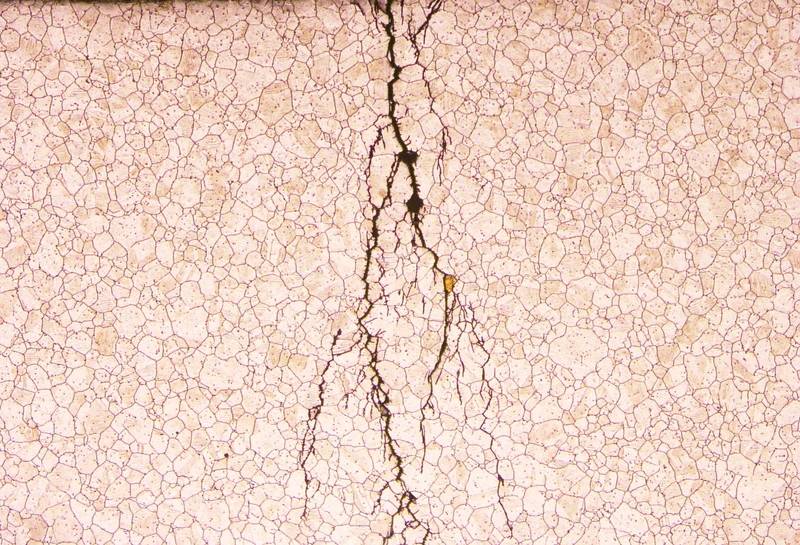Innovative Approaches to Mitigating Offshore Structure Threats: A Focus on Stress Corrosion Cracking and Hydrogen Embrittlement
Key Ideas
- Understanding stress corrosion cracking (SCC) and hydrogen embrittlement (HE) is critical for offshore structures in harsh marine environments.
- Advanced testing methods like NDT techniques and electrochemical tests aid in early detection of SCC and HE.
- Mitigation strategies involve material selection, stress management, cathodic protection, and proactive monitoring with technologies like AI and digital twins.
- Innovative materials like high-performance stainless steels and digital monitoring systems are revolutionizing the fight against SCC and HE.
Offshore structures face significant challenges from stress corrosion cracking (SCC) and hydrogen embrittlement (HE), which threaten structural integrity and longevity. Parker Hannifin experts address these threats by emphasizing early detection and proactive mitigation strategies. SCC and HE are explained as causes of sudden failures in marine environments, urging the need for comprehensive assessment techniques beyond visual inspections. The article highlights the importance of material selection, stress management, and cathodic protection in preventing SCC and HE, stressing the significance of advanced monitoring technologies like AI and digital twins for predictive maintenance. Real-world examples illustrate the risks and solutions in industries like oil and gas and power generation, emphasizing the role of advanced materials and digital innovations in combating SCC and HE. The future of mitigation lies in the development of corrosion-resistant materials and advanced monitoring systems like Parker-Hannifin's SuperShield technology, offering hope for improved structural integrity and reduced downtime in offshore operations.
Topics
Maritime
Material Science
Risk Management
Environmental Challenges
Engineering Solutions
Technology Innovations
Corrosion Prevention
Structural Integrity
Offshore Structures
Latest News
